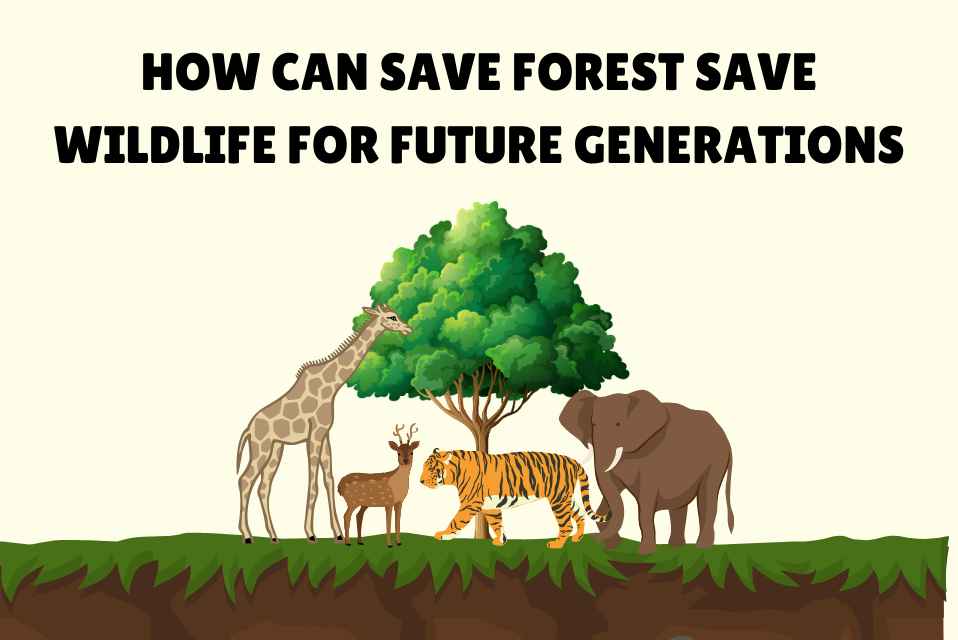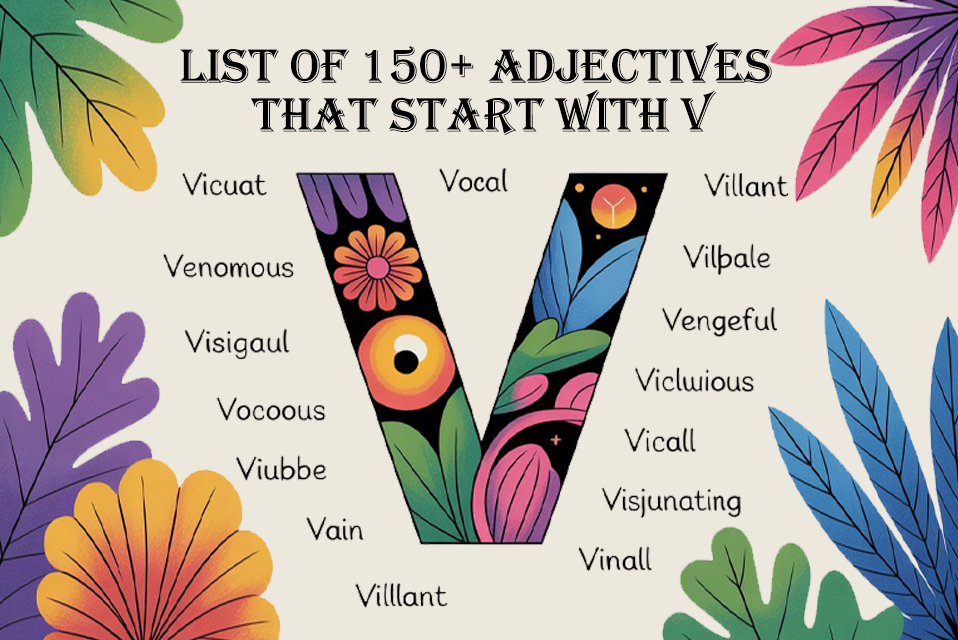Forests are the lungs of our planet, and wildlife is its heartbeat. Together, they create the balance that sustains life on Earth. When we say “Save Forest, Save Wildlife,” we are not just raising a slogan we are protecting our own survival. Healthy forests give us clean air, pure water, food, medicines, and shelter. Wildlife ensures ecological balance by maintaining food chains and pollination systems. Without them, human life would collapse, and this truth is deeply connected with science in everyday life.
Importance of Forests
- Forests cover 31% of the Earth’s land area and are home to more than 80% of terrestrial species.
- They act as the Earth’s carbon sink, absorbing harmful carbon dioxide and reducing climate change impacts.
- They regulate rainfall, prevent soil erosion, and protect watersheds.
- Millions of people, especially indigenous communities, directly depend on forests for their livelihood.
Importance of Wildlife
- Wildlife maintains food chains and food webs, preventing ecological imbalance.
- Birds, bees, and insects ensure pollination, supporting global agriculture.
- Predators control herbivore populations, preventing overgrazing of forests.
- Wildlife contributes to medical research, eco-tourism, and cultural values.
Major Threats to Forests and Wildlife
- Deforestation – clearing forests for agriculture, urbanization, and industries.
- Illegal Logging & Mining – destroying habitats for short-term economic gain.
- Climate Change – rising temperatures, wildfires, and unpredictable rainfall.
- Poaching & Illegal Trade – hunting endangered animals for fur, horns, and skin.
- Pollution – plastics, chemicals, and waste damaging natural habitats.
How to Save Forests
- Practice afforestation and reforestation.
- Reduce paper and wood usage.
- Support sustainable farming and eco-friendly products.
- Protect indigenous communities who safeguard forests.
- Enforce strict laws against illegal logging.
How to Save Wildlife
- Protect natural habitats through national parks and wildlife sanctuaries.
- Support anti-poaching laws and stricter penalties.
- Avoid buying products made from animal parts.
- Promote wildlife corridors to reduce human-animal conflict.
- Educate communities about conservation.
Save Forest Save Wildlife Slogans
- “No Forest, No Life.”
- “Save Wildlife, Save Earth.”
- “Forests Are Our Future.”
- “Protect Nature, Protect Ourselves.”
Educational Perspective
In schools and colleges, essays and speeches on Save Forest Save Wildlife teach students early about the importance of sustainability. For example:
100 Words Paragraph (short):
Forests and wildlife are essential for life on Earth. They give us oxygen, food, and water. Cutting trees and hunting animals destroy nature. To protect our future, we must save forests and wildlife.
200 Words Paragraph:
Forests are the home of many animals, plants, and birds. They provide fresh air, medicines, and shelter. Wildlife maintains balance in nature. Sadly, human activities like deforestation and poaching are harming them. To save forests and wildlife, we must encourage tree plantation, plant more trees, stop illegal hunting, and create awareness. Governments should make strict laws to protect nature. Only by saving forests and wildlife can we save ourselves.
300 Words Paragraph:
Forests act as the lungs of the Earth, absorbing carbon dioxide and releasing oxygen. They also prevent floods, soil erosion, and climate change. Wildlife, on the other hand, maintains biodiversity and supports agriculture through pollination. But deforestation, urbanization, and illegal hunting are destroying this balance. People need to use resources wisely, recycle, and plant trees. Governments should establish more wildlife sanctuaries and promote eco-friendly industries. Children should be educated about conservation from a young age. Together, we can ensure a greener and healthier planet.
400 Words Paragraph (detailed):
Forests and wildlife together form the foundation of life on Earth. Forests provide oxygen, store carbon, regulate rainfall, and support millions of species. Wildlife maintains ecological balance by controlling populations, aiding pollination, and contributing to biodiversity. Unfortunately, human greed has led to rapid deforestation, poaching, and pollution, endangering both forests and wildlife.
To tackle this crisis, individuals must reduce wood and paper usage, switch to eco-friendly products, and spread awareness. Governments must enforce strict anti-deforestation laws, create protected areas, and support local communities in conservation efforts. Global cooperation is equally important to tackle climate change and wildlife trafficking. Saving forests and wildlife is not optional it is necessary for our survival and for the future generations.
Practical Steps for Everyone
- Plant trees in your community.
- Reduce, reuse, and recycle.
- Support eco-tourism instead of destructive tourism.
- Donate to wildlife organizations.
- Teach children about conservation.
Role of Government and NGOs
- Governments must pass strong environmental laws.
- NGOs like WWF, Greenpeace, and local organizations spread awareness and run conservation projects.
- Public-private partnerships can fund afforestation drives and wildlife protection programs.
Save Forest Save Wildlife for Sustainable Development
The UN Sustainable Development Goals (SDGs) emphasize life on land (Goal 15). Protecting forests and wildlife ensures clean air, water, and food security. It is also vital for climate action, poverty reduction, and sustainable cities.
Conclusion:
The message is simple yet urgent: Save Forest, Save Wildlife, Save Life. Forests and wildlife are not separate they are interconnected parts of Earth’s ecosystem. Every tree cut and every animal lost pushes us closer to environmental collapse. But every tree planted and every species protected not only supports biodiversity but also helps maintain the water cycle, bringing us closer to a greener, healthier future.
Governments, NGOs, schools, and individuals must join hands in this mission. By making small lifestyle changes, supporting eco-friendly initiatives, and raising awareness, we can protect forests and wildlife for generations to come.
FAQs on Save Forest Save Wildlife
Q1. Why should students care about saving forests and wildlife?
Because their future depends on it clean air, water, and stable climate are tied to conservation.
Q2. How can individuals help?
Plant trees, avoid plastic, spread awareness, support conservation NGOs.
Q3. Which forests and wildlife species are most endangered?
The Amazon rainforest, Sundarbans mangroves, tigers, elephants, rhinos, and polar bears are under extreme threat.







